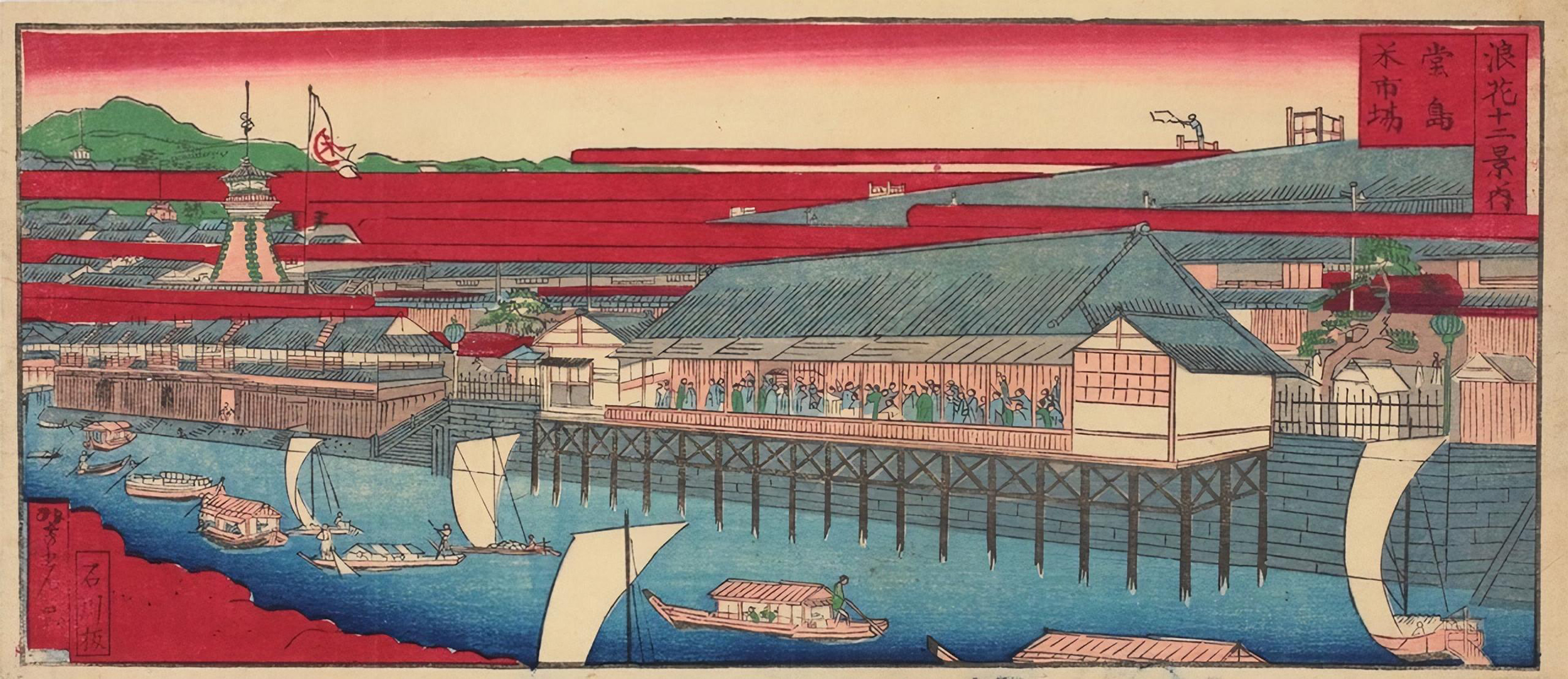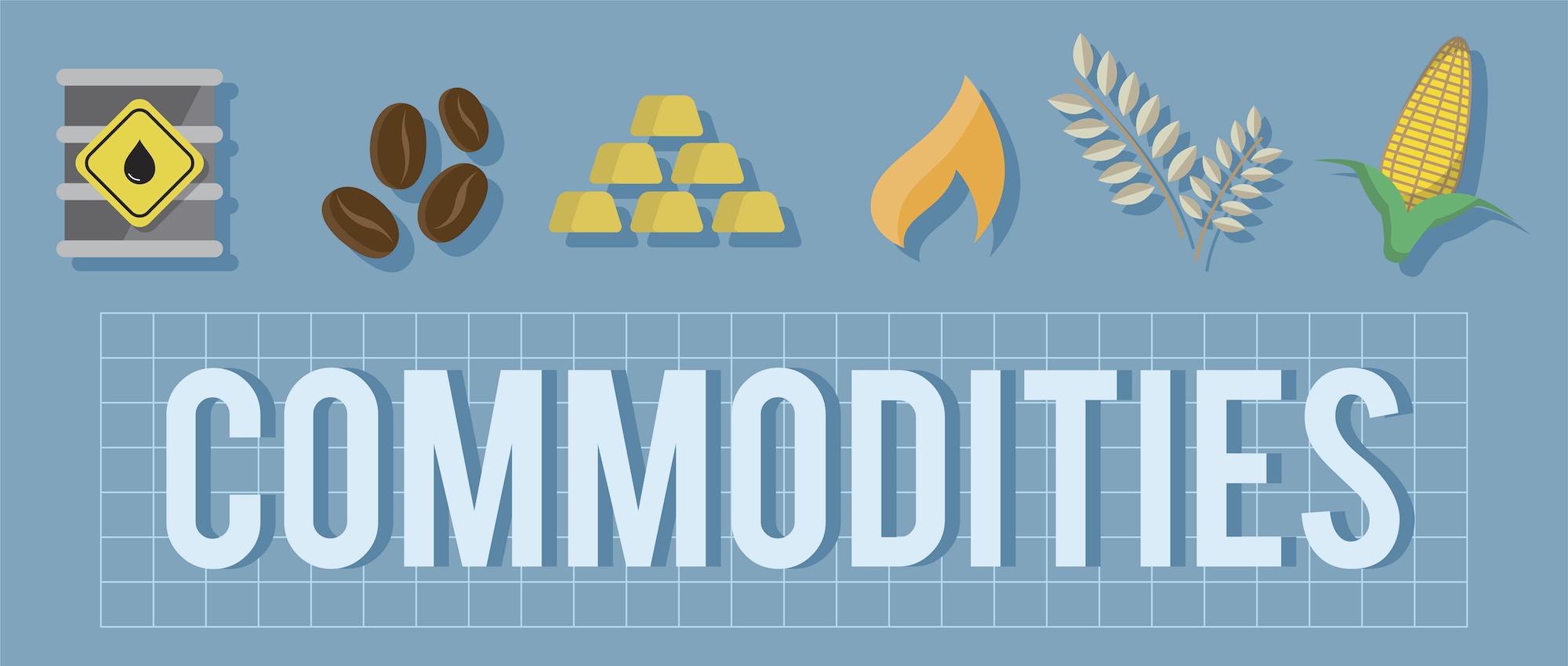- March 21, 2023 -
By Lisa Murray-Roselli
 The precious metals industry is subject to marketplace fluctuations, political volatility, industrial demands, and consumers’ response to economic instability. In order to brace against these factors and maintain a successful business, precious metals traders often turn to the futures markets to secure their margins—mitigating against both unsustainable gains and devastating losses.
The precious metals industry is subject to marketplace fluctuations, political volatility, industrial demands, and consumers’ response to economic instability. In order to brace against these factors and maintain a successful business, precious metals traders often turn to the futures markets to secure their margins—mitigating against both unsustainable gains and devastating losses.
Futures markets involve legal agreements to buy or sell a set amount of a commodity, like gold, corn, or oil at a predetermined price at a specific time in the future. These agreements are known as “futures contracts.” Their prices are set by the market, purchased through an exchange, and are most often closed out before their expiration dates. Contracts held to execution date will require the contract holder to either take delivery from or make delivery to the exchange for the contracted amount.
Futures contracts allow traders to lock in the price of the commodity in the future, thereby eliminating concerns about fluctuations in the market for that period of time. Traders, therefore, do not have to spend precious time speculating.
A version of the futures contract can be traced all the way back to the Phoenicians, whose culture flourished between 1550 and 300 BCE. The Phoenicians were the first superpower in the Mediterranean region. They sailed their cargo ships throughout the coastline of the Mediterranean and Red Seas, establishing trading outposts and taking advantage of those well-established sectors in Mesopotamia and India.
The constancy and dominance of their presence allowed the development of state-controlled trade agreements and treaties—quantities and prices were fixed. In addition, the exchange value of goods was fixed, so it was unnecessary to trade using coinage. Historians believe that state-sanctioned trade centers developed in the major ports, which were neutral settings, and that the actual trading was likely executed by state officials working on commission and by trading consortiums sponsored by royal households.
Further along in history, in late 17th century Japan, both salaries and taxes were paid in rice—banks would give citizens cash in exchange for their rice deposits. The dominance of rice in the economy led to the development of futures contracts in which buyers could purchase rice ahead of time at predetermined prices, providing security and eliminating pricing risks for both farmers and buyers. A rice market was established in Dojima around 1697 and by 1730, the government officially sanctioned trading at the Dojima Rice Exchange.

Dōjima Rice Exchange by Yoshimitsu Sasaki. This is where the world’s first futures exchange took place.
Agriculture served as the foundation of the first futures markets in the West as well. The Chicago Board of Trade (CBT) was established in 1848 to secure the grain trade against unpredictable seasonal, supply, and pricing fluctuations, as well as unreliable storage facilities and unstable marketplaces. Buffalo, New York and other cities close to navigable waterways became hubs for agricultural commerce, and with advancements in canals and railroads, Chicago was soon central to the distribution of agricultural goods as it linked the Great Lakes to the Mississippi River.
Futures contracts were introduced to the CBT in 1865, providing reliability and security to both buyers and sellers, which protected the agricultural markets against the possibility of default. The late 19th and early 20th centuries saw a burgeoning of exchange markets, all making use of futures contracts: the New York Cotton Exchange (now the NY Board of Trade) in 1870, the Butter and Cheese Exchange of New York in 1872 (now the New York Mercantile Exchange – NYMEX), the Chicago Produce Exchange (later named The Chicago Butter and Egg Board) in 1874, the London Metals and Market Exchange in 1877, and in 1919, The Chicago Produce Exchange became the Chicago Mercantile Exchange (CME), which permitted the public to participate in trading under supervised regulations.
Twentieth century futures markets in the US expanded to include livestock, precious metals, foreign exchange, cash-settled Eurodollars, S&P 500 indexes, and US Treasury Bonds. Electronic trading became the norm in 1992. In Chicago, the CBT and CME merged under the banner of the CME Group in 2007. In 2008, it acquired the New York Mercantile Exchange, which added energy and metals to its commodities. US exchanges are the most widely traded owing to the dominance of the US Bond Market and the Wheat Market.

Futures trading in the precious metals industry offers the same kind of stability for producers, asset holders, and buyers as it does for other commodities. Traders will monitor supply and demand of their asset by comparing the spot (current) price against the futures price. If the futures price of the commodity is higher than the spot price, this is known as “contango,” and usually indicates that the market expects prices to rise over time. The opposite position (spot price is higher than futures price) is referred to as “normal backwardation”. In this case, there is a higher demand for the asset currently than there is projected to be in the future. This high demand will cause a shortage of the physical asset in the future. In this scenario the current ‘spot’ price will be higher than contracted prices in the future.
Gold futures (along with other precious metals), for example, are traded at the Commodity Exchange, Inc., or COMEX, which is part of the CME Group. The standard contract size for gold is 100 troy ounces, and for silver, 5000 troy ounces. Trading takes place nearly 24 hours per day, Monday-Friday. Prices vary throughout the day according to market demands. COMEX mediates and facilitates trading and standardizes the quality, quantity, and delivery time and place for contract settlement; however, most precious metals futures contracts are never delivered.
 Hedging is an essential concept within futures markets. It involves taking an offsetting position in an asset (or investment) that reduces the price risk/adverse price movements of an existing position. The majority of contracts are closed before delivery date. For example, Jack Hunt purchases 100 oz of gold from a bullion producer and at the same time, also purchases one gold contract, thereby committing to sell 100 oz of gold at a date in the future. In doing so, the company has locked in a spread between what was purchased and what it is committed to sell in the future.
Hedging is an essential concept within futures markets. It involves taking an offsetting position in an asset (or investment) that reduces the price risk/adverse price movements of an existing position. The majority of contracts are closed before delivery date. For example, Jack Hunt purchases 100 oz of gold from a bullion producer and at the same time, also purchases one gold contract, thereby committing to sell 100 oz of gold at a date in the future. In doing so, the company has locked in a spread between what was purchased and what it is committed to sell in the future.
Precious metals trading, and the trade of all other commodities and financial futures, benefits from the futures market through risk management, transparency, price discovery, liquidity, and security. Since the time of the Phoenicians, merchants and consumers realized the benefits of setting prices for future rather than subjecting commerce and their financial interests to uncertainty.
Scott Hunt, President of Jack Hunt Coin Broker, says that futures contracts “are about creating a small margin on a high volume of sales. We can operate in a commodities environment without speculating on market movement. It takes the worry out of winning or losing owing to market-price fluctuations.”
Order by 4:00
and it’s out the door.
1 oz. Gold or 100 oz. Silver
Trade Scrap for Bullion.
No-worry Shipments
Get paid fast!
(for qualified customers)
We don't make promises we can’t deliver on.